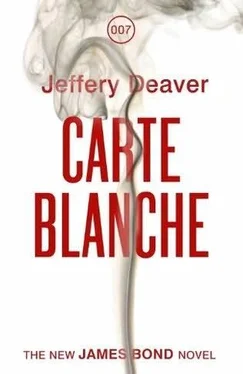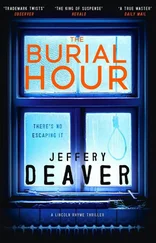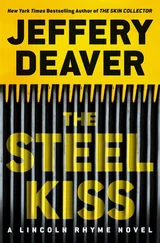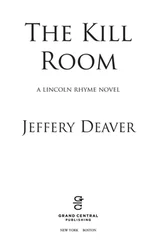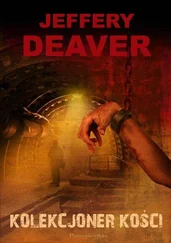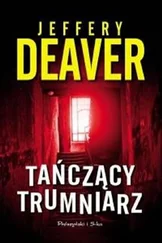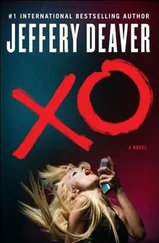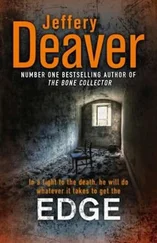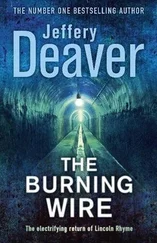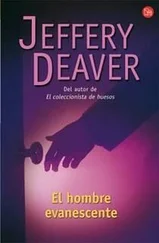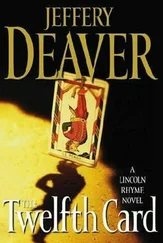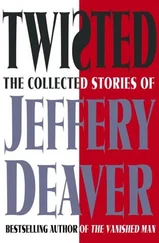Bond looked for a sign to Research and Development, which he knew from Stephan Dlamini contained at least some information about Gehenna, but there was none. He sat for five minutes before Severan Hydt appeared, in silhouette but unmistakable: the tall stature, the massive head framed with curly hair and beard, the well-tailored suit. He paused, looming, in the doorway. ‘Theron.’ His black eyes bored into Bond’s.
They shook hands and Bond tried to ignore the grotesque sensation he experienced as Hydt’s long nails slid across his palm and wrist.
‘Come with me,’ Hydt said and led him into the main office building, which was much less austere than the outside suggested. Indeed, the place was rather nicely appointed, with expensive furniture, art, antiques, and comfortable work spaces for the staff. It seemed like a typical medium-sized company. The front lobby was furnished with the obligatory sofa and chairs, a table with trade magazines and a Cape Town newspaper. On the walls there were pictures of forests, rolling fields of grain and flowers, streams and oceans.
And everywhere, that eerie logo – the leaf that looked like a knife.
As they walked along the corridors, Bond kept an eye open for the Research and Development department. Finally, towards the rear of the building, he saw a sign pointing to it and he memorised the location.
But Hydt turned the other way. ‘Come along. We’re going for the fifty-rand tour.’
At the back of the building Bond was handed a dark-green hard hat. Hydt donned one too. They walked to a rear door, where Bond was surprised to see a second security post. Curiously, workers coming into the building from the rubbish yard were checked. Hydt and he stepped outside on to a patio overlooking scores of low buildings. Lorries and forklift trucks moved in and out of each one like bees at a hive. Workers in hard hats and uniforms were everywhere.
The sheds, in neat rows like barracks, reminded Bond again of a prison or concentration camp.
ARBEIT MACHT FREI…
‘This way,’ Hydt called loudly, striding through a landscape cluttered with earth-moving equipment, skips, oil drums, pallets holding bales of paper and cardboard. Low rumblings filled the air, and the ground seemed to quiver, as if huge underground furnaces or machines were at work, a counterpoint to the high-pitched shrieks of the seagulls that swooped in to pick up scraps in the wake of the lorries entering through a gate a quarter-mile to the east. ‘I’ll give you a brief lesson in the business,’ he offered.
Bond nodded. ‘Please.’
‘There are four ways to rid ourselves of discard. Dump it somewhere out of the way – in tips or landfill now mostly, but the ocean’s still popular. Did you know that the Pacific has four times as much plastic in it as zooplankton? The biggest rubbish tip in the world is the Great Pacific Garbage Patch, circulating between Japan and North America. It’s at least twice the size of Texas and could be as big as the entire United States. Nobody actually knows. But one thing is certain: it’s getting bigger.
‘The second way is to burn discard, which is very expensive and can produce dangerous ash. Third, you can recycle it – that’s Green Way’s area of expertise. Finally, there’s minimising, which means making sure that fewer disposable materials are created and sold. You’re familiar with plastic water bottles?’
‘Of course.’
‘They’re a lot thinner now than they used to be.’
Bond took his word for it.
‘It’s called “lightweighting”. Much easier to compact. You see, generally the products themselves aren’t the problem when it comes to discard. It’s packaging that causes most of the volume. Discard was easily handled until we shifted to a consumer manufacturing society and started to mass-produce goods. How to get the products into the hands of the people? Encase it in polystyrene foam, put that in a cardboard box and then, for God’s sake, put that in a plastic carrier bag to take home with you. Ah, and if it’s a present, let’s wrap it up in coloured paper and ribbon! Christmas is an absolute hurricane of discard.’
Standing tall, looking over his empire, Hydt continued, ‘Most waste plants extend over fifty to seventy-five acres. Ours here is a hundred. I have three others in South Africa and dozens of transfer stations, where the carters – the lorries you see on the streets – take all the discard for compacting and shipment to treatment depots. I was the first to set up transfer stations in the South African squatters’ camps. In six months the countryside was sixty to seventy per cent cleaner. Plastic carrier bags used to be called “South Africa’s national flower”. Not any more. I’ve dealt with that.’
‘I saw the lorries bringing rubbish from Pretoria and Port Elizabeth to the yard here. Why from so far away?’
‘Specialised material,’ Hydt said dismissively.
Were those substances particularly dangerous? Bond wondered.
His host continued, ‘But you must get your vocabulary right, Theron. We call wet discard “garbage” – left-over food, for instance. “Trash” means dry materials, like cardboard and dust and tins. What the bin collectors pick up from in front of homes and offices is “municipal solid waste”, or “MSW”. That’s also called “refuse” or “rubbish”. “C and D” is construction and demolition debris. Institutional, commercial and industrial waste is “ICI”. The most inclusive term is “waste” but I prefer “discard”.’
He pointed east to the rear of the plant. ‘Everything that’s not recyclable goes there, to the working face of the landfill, where it’s buried in layers of plastic lining to keep bacteria and pollution from leaching into the ground. You can spot it by looking for the birds.’
Bond followed his gaze towards the swooping gulls.
‘We call the landfill “Disappearance Row”.’
Hydt led Bond to the doorway of a long building. Unlike the other work sheds here, this one had imposing doors, which were sealed. Bond peered through the windows. Workers were disassembling computers, hard drives, TVs, radios, pagers, mobile phones and printers. There were bins overflowing with batteries, light bulbs, computer hard drives, printed circuit boards, wires and chips. The staff were wearing more protective clothing than any other employees – respirators, heavy gloves and goggles or full face masks.
‘Our e-waste department. We call this area “Silicon Row”. E-waste accounts for more than ten per cent of the deadly substances on earth. Heavy metals, lithium from batteries. Take computers and mobiles. They have a life expectancy of two or three years at most, so people just throw them out. Have you ever read the warning booklet that comes with your laptop or phone, “Dispose of properly”?’
‘Not really.’
‘Of course not. No one does. But pound for pound computers and phones are the most deadly waste on earth. In China, they just bury or burn them. They’re killing their population by doing that. I’m starting a new operation to address this situation – separating the components of computers at my clients’ companies and then disposing of them properly.’ He smiled. ‘In a few years that will be my most lucrative operation.’
Bond recalled the device he’d seen demonstrated at al-Fulan’s, the one near to the compactor that had taken Yusuf Nasad’s life.
Hydt pointed, with a long, yellow fingernail. ‘And at the back of this building there is the Dangerous-materials Recovery department. One of our biggest money-making services. We handle everything from paint to motor oil to arsenic to polonium.’
‘Polonium?’ Bond gave a cool laugh. This was the radioactive material that had been used to kill the Russian spy Alexander Litvinenko, an expatriate in London, a few years ago. It was one of the most toxic substances on earth. ‘It’s just thrown out? That has to be illegal.’
Читать дальше
